Variation in HIV-1 Tat activity is a key determinant in the establishment of latent infection
- PMID: 39636695
- PMCID: PMC11790021
- DOI: 10.1172/jci.insight.184711
Variation in HIV-1 Tat activity is a key determinant in the establishment of latent infection
Abstract
Despite effective treatment, human immunodeficiency virus (HIV) persists in optimally treated people as a transcriptionally silent provirus. Latently infected cells evade the immune system and the harmful effects of the virus, thereby creating a long-lasting reservoir of HIV. To gain a deeper insight into the molecular mechanisms of HIV latency establishment, we constructed a series of HIV-1 fluorescent reporter viruses that distinguish active versus latent infection. We unexpectedly observed that the proportion of active to latent infection depended on a limiting viral factor, which created a bottleneck that could be overcome by superinfection of the cell, T cell activation, or overexpression of HIV-1 transactivator of transcription (Tat). In addition, we found that tat and regulator of expression of virion proteins (Rev) expression levels varied among HIV molecular clones and that tat levels were an important variable in latency establishment. Lower rev levels limited viral protein expression whereas lower Tat levels or mutation of the Tat binding element promoted latent infection that was resistant to reactivation even in fully activated primary T cells. Nevertheless, we found that combinations of latency reversal agents targeting both cellular activation and histone acetylation pathways overcame deficiencies in the Tat/TAR axis of transcription regulation. These results provide additional insight into the mechanisms of latency establishment and inform Tat-centered approaches to cure HIV.
Keywords: Cellular immune response; Infectious disease; T cells; Virology.
Conflict of interest statement
Figures

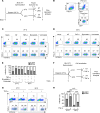


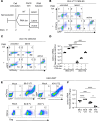
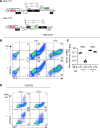
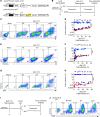
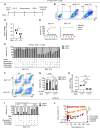
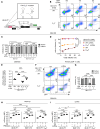
References
-
- World Health Organization. HIV and AIDS. https://www.who.int/news-room/fact-sheets/detail/hiv-aids Accessed December 4, 2024.
-
- United Nations. UNAIDS Data 2022. https://www.unaids.org/sites/default/files/media_asset/data-book-2022_en... Accessed December 4, 2024.
MeSH terms
Substances
Grants and funding
LinkOut - more resources
Full Text Sources
Medical

